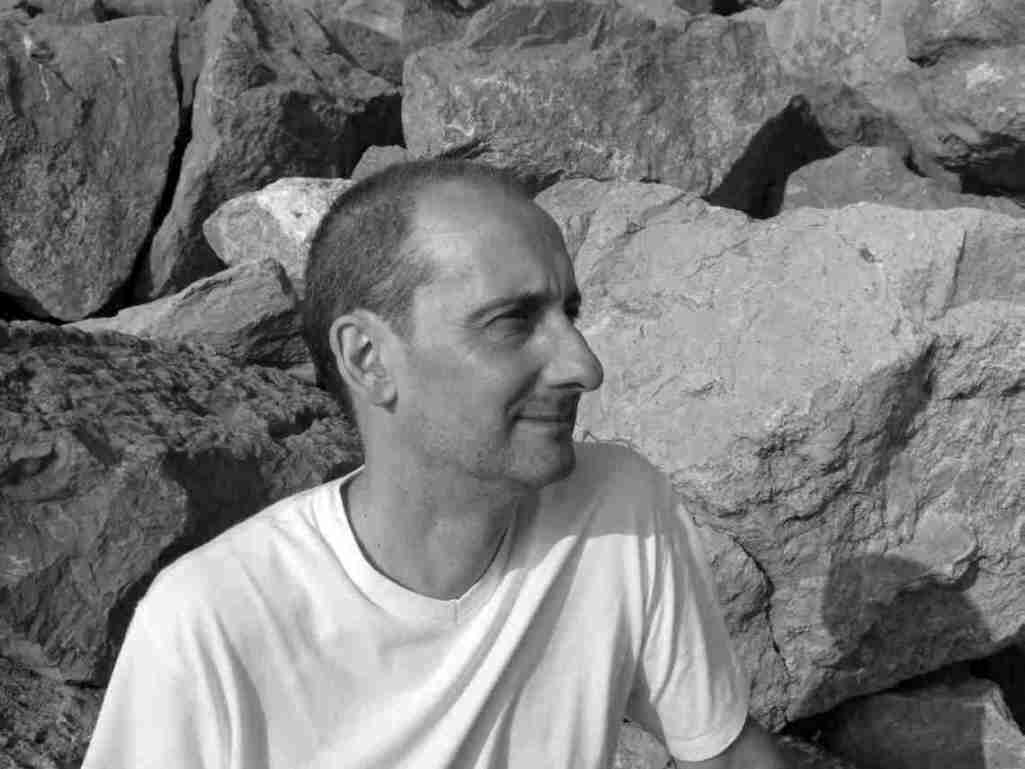
The Liver Buildings probably provide the most iconic picture of Liverpool. They are embedded in the consciousness of many people throughout the world who instantly recognise the city by the view of the building from the River Mersey.
The Liver Buildings would have been a familiar sight to Lowry walking along the promenade on the Wirral side of the river, sitting in the Egremont Ferry Hotel, crossing the river on the ferry from Birkenhead or Seacombe or when he walked up from the river to his father's workplace in the Cotton Exchange in Liverpool.
Lowry's first novel Ultramarine has many references to Liverpool. It is not surprising that Lowry refers to the Liver Buildings early in the novel as his hero Dana Hilliot daydreams aboard the ship Oedipus Tyrannus:
...he remembered just where he stood, just what he had said, and how he said it, just how the silver compasses of the Liver Building clock had indicated half-past eleven. Ultramarine
Dana Hilliot's recollections of the clock have been prompted by his desire to pin down the exact moment he signed on at the Board Of Trade Office for his voyage on the Oedipus Tyrannus to the Far East. That fictional account was based on Lowry's own trip aboard the Blue Funnel ship Pyrrhus in 1927. I have spoken to ex-Blue Funnel Line sailors and they have told me that they signed on for the voyages in Birkenhead where the Blue Funnel Lines wharf was located. Dana's (Lowry's) recollections would have been based on viewing the Liver Building clock from the Birkenhead Docks which is possible given the size of the clock and how the tower dominates the waterfront.
My photograph above is a slightly unusual view of the Liver Buildings taken from the top of the old Martin's Bank Building in Water Street, Liverpool. Unfortunately, I wasn't able to find a shot with the clock showing 11.30!
The dark moody shot below of the building is more contemporary to Lowry. The shot shows the buildings in their smoke covered dark guise which would have fitted Lowry's perception of Liverpool as the "dreadful city". The building takes on sinister overtones as it overlooks the journeys of commuters on ferries, sailors setting out for distant places, people emigrating or ships full of cargoes plying mercantile business that kept Liverpool a premier financial centre even in the 1920's.

The Liver Building is topped by the Liver Birds which have become symbols for the city. I am sure that Lowry would have appreciated that irony, with his love of birds, that the mythical Liver Birds are based on the cormorant, which is a symbol of deception and greed. The bird is described in Milton's Paradise Lost, a book that Lowry studied at Cambridge, sitting on the Tree of Life, as an image of Satan entering Paradise in disguise before tempting Eve. The birds become the guardians of the entry to the "dreadful city".
You can still see the cormorants gathering on old staging at the Pier Head just below the Liver Buildings. In my photograph, the real bird sits in the shadow of its mythical cousins. There is another irony in that the building was the home of the Royal Liver Assurance group, which had been set up in the city in 1850 to provide locals with assistance related to losing a wage-earning relative many of whom would have been sailors who began their journeys from Liverpool.




















